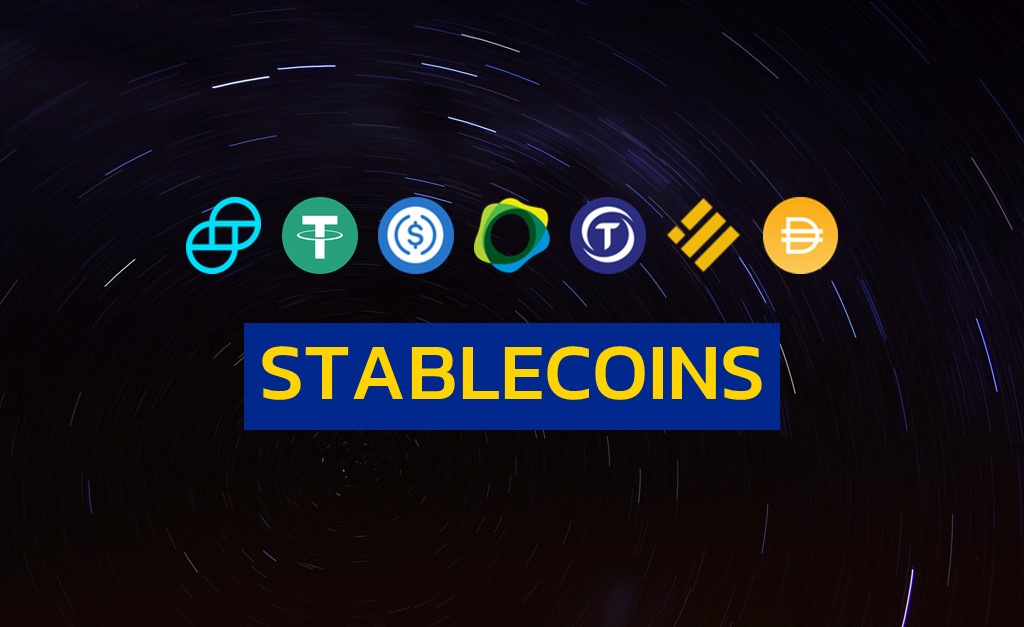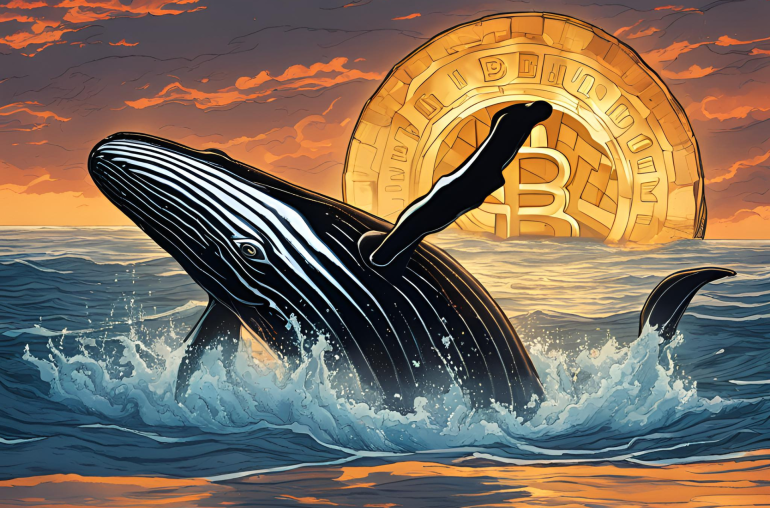
- An algorithmic stablecoin known as Neutrino that is associated with the Waves blockchain lost its peg to the dollar this week after the price of its underlying token took a tumble.
- Algorithmic stablecoins are typically backed by a regular stablecoin (which is backed by assets such as the U.S. dollar) as well as another token that can be minted or destroyed according to demand and supply.
Cryptocurrencies can be considered one of the most complex industries out there, requiring a mastery of computer science, finance, and behavioral economics to be successful.
And often when projects suffer setbacks, it’s not the technology that lets them down, but a failure to adequately cater to the incentive mechanisms that need to be finely tuned to cater for various stakeholder interests.
This past week has seen two projects suffer for precisely these reasons – behavioral economics.
An algorithmic stablecoin known as Neutrino that is associated with the Waves blockchain lost its peg to the dollar this week after the price of its underlying token took a tumble.
WAVES, the token backing Neutrino USD, or USDN, fell by over a quarter early this week, leading to USDN trading at US$0.796 and creating an arbitrage opportunity that had the potential to send the price of WAVES headed to zero.
Last year, another algorithmic stablecoin IRON made headlines as its underlying token Titan started to fall in value, leading to a run on the stablecoin that eventually saw Titan become virtually worthless.
Algorithmic stablecoins are typically backed by a regular stablecoin (which is backed by assets such as the U.S. dollar) as well as another token that can be minted or destroyed according to demand and supply.
However, when the underlying token loses its value too quickly, arbitrageurs can take advantage of the opportunity to make risk-free profits by swapping out the algorithmic stablecoin which is rapidly losing its peg, for the fully-backed stablecoin.
For instance, in the case of IRON, one IRON token is backed by US$0.75 worth of USDC and US$0.25 worth of Titan.
As the value of Titan increases, more Titan is minted to ensure a stable value of IRON, whereas if Titan loses its value, Titan gets burned (taken out of circulation) to maintain the value of Titan and keep the peg of IRON one-to-one with the dollar.
In theory, algorithmic stablecoins assume that arbitrageurs will hold the Titan tokens that are getting burned expecting them to rise in value – but what if they don’t?
And that’s exactly what happened in the case of IRON.
As more arbitrageurs rushed to sell Titan, more followed suit, causing IRON to lose its fixed peg, and literally causing a run on Titan.
The way it worked was as IRON lost its peg, an arbitrageur could now exchange US$0.90 worth of IRON for US$0.75 worth of USDC and US$0.25 worth of Titan, and keep selling the Titan.
At one point, the peg for IRON had fallen well below US$0.75, meaning that arbitrageurs could just completely ignore the Titan portion and swap 1 IRON costing less than US$0.75 for US$0.75 worth of USDC, literally free money.
USDN is fortunate that that didn’t happen to it, but the experience highlights the risks associated with algorithmic stablecoins, something that applies to the Terra blockchain as well, which powers the UST algorithmic stablecoin.
To be sure, the code works exactly as it’s designed to, and therein lies the problem.



